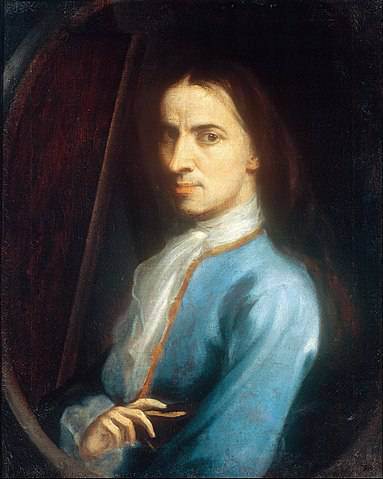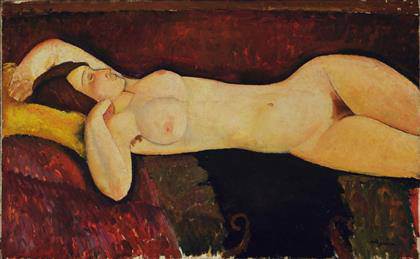
Juan Rodríguez Juárez, “Self-Portrait”, c. 1719, oil on canvas, 26 × 21 1/4 in. (66 × 54 cm), Museo Nacional de Arte, INBA, Secretaría de Cultura, Mexico City , photo: © D.R. Museo Nacional de Arte / Instituto Nacional de Bellas Artes y Literatura, 2015
‘Painted in Mexico, 1700–1790: Pinxit Mexici’ at LACMA The Los Angeles County Museum of Art (LACMA) presents Painted in Mexico, 1700–1790: Pinxit Mexici, the first major exhibition to reposition the history of 18th-century Mexican painting. November 19, 2017 – March 18, 2018.]]>
Source: LACMA
Co-organized by LACMA and Fomento Cultural Banamex, A.C. in Mexico City, this exhibition foregrounds the connections between Mexican painting and transatlantic artistic trends while emphasizing Mexican painting’s internal developments and remarkable pictorial output. More than 100 paintings are presented in the exhibition, many on view for the first time and restored for this exhibition.
During the 18th century, painters were increasingly asked to create mural-size paintings to cover the walls of sacristies, choirs, and university halls, among other spaces. The same artists produced portraits, casta paintings (depictions of racially mixed families), painted folding screens, and finely rendered devotional imagery, attesting to their extraordinary versatility. The volume of work produced by the four generations of Mexican artists that spanned the eighteenth century is virtually unmatched elsewhere in the vast Hispanic world.
Painters also became more aware of their own contributions, largely owing to the sizable number of pictures that were exported to Europe, throughout Spanish America, and within the viceroyalty itself. This awareness led many educated painters not only to sign their works and emphasize their authorship but also to make explicit references to Mexico as their place of origin through the Latin phrase Pinxit Mexici (Painted in Mexico). This expression eloquently encapsulates the painters’ pride in their own tradition and their connection to larger, transatlantic trends.
Related content
‘Playing with Fire’: Carlos Almaraz at LACMA (exhibition, 2017)
Follow us on:


